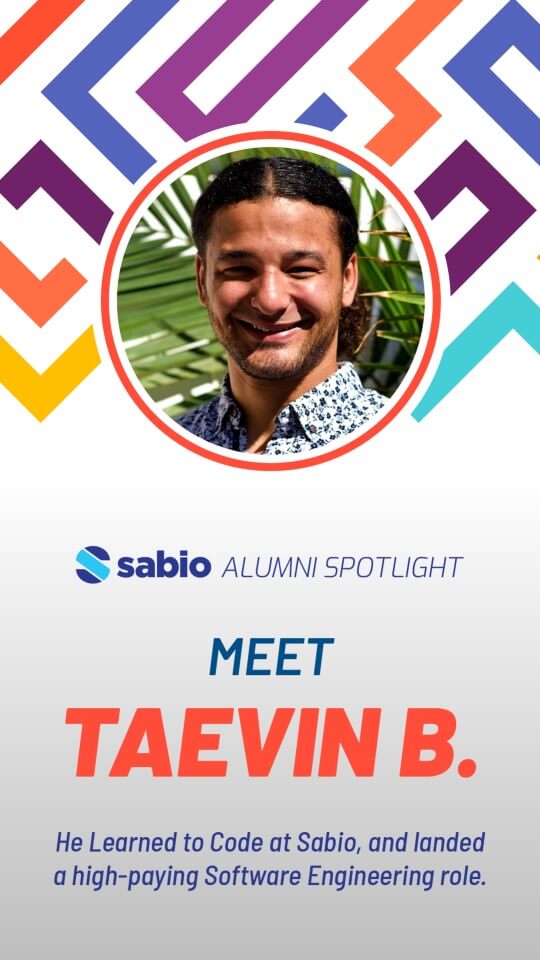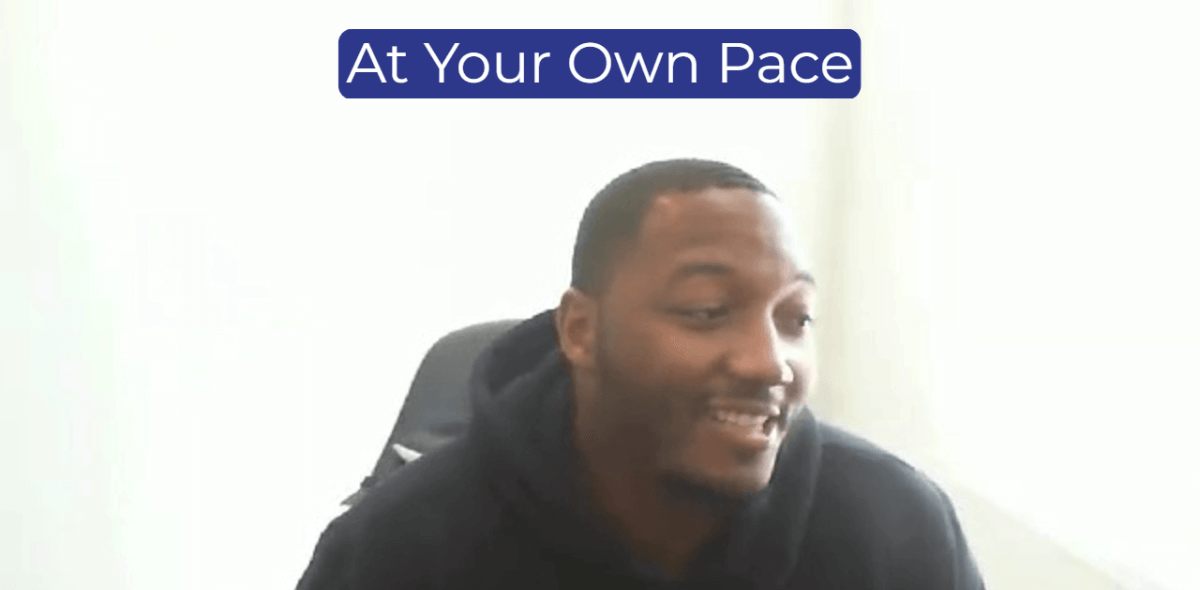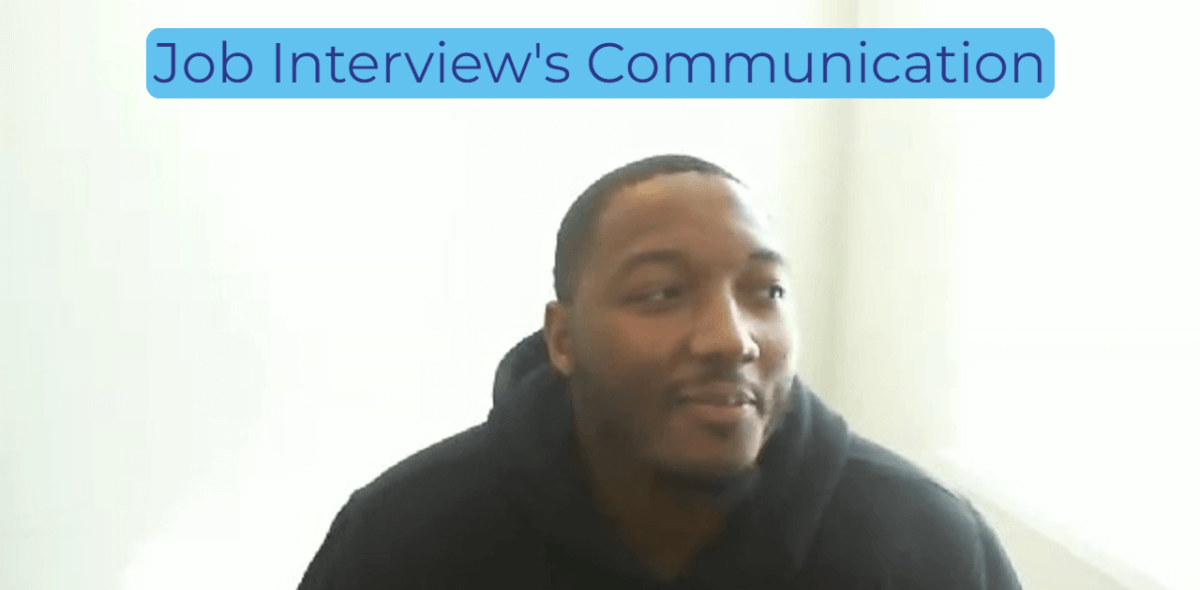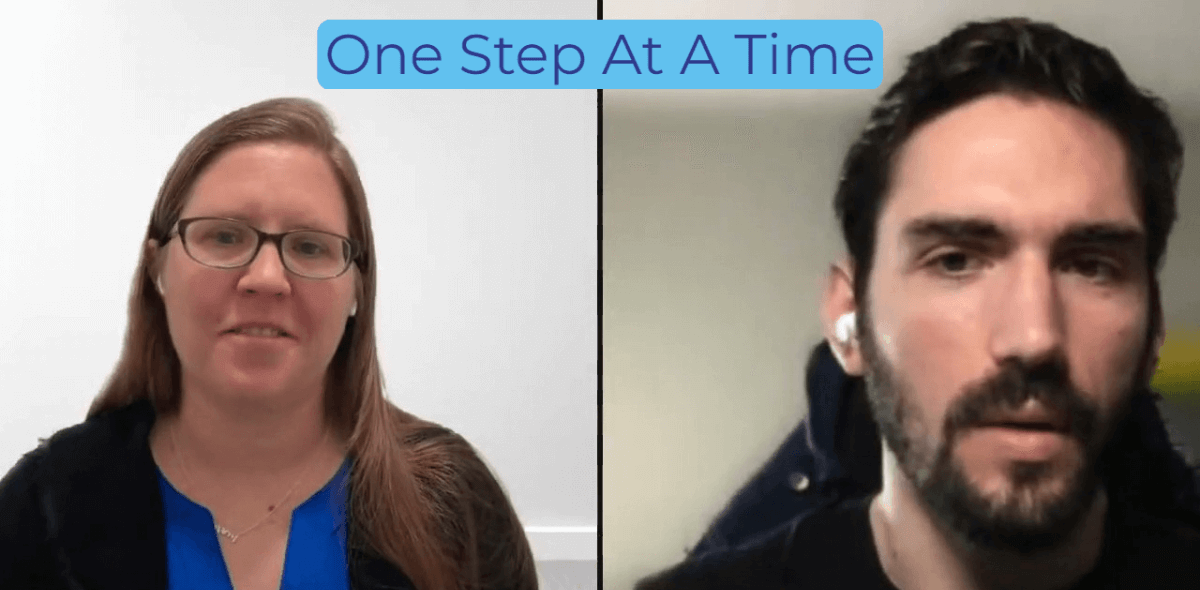How Talking through Code and Narrativizing his Software Experience Helped Taevin to get a $105,000 a year job
When a string of business management jobs weren’t doing it for Taevin, he decided to make a change. As fate would have it, ads for Sabio kept popping up on his feed and he finally decided to pull the trigger. He enrolled in the 17-week program and was relieved to find true what he had heard, that if he could master the pre-work, the rest would be manageable.
Coding came easily to Taevin who had some basic tech experience from the military. But what really solidified the concepts for him was talking it out with classmates. “Most of the time when I wasn't coding and I was in class I was helping everybody. We were talking, we were talking about code [...] And that's where I got really good at coding was in code talks.”
Taevin calls it rubber-ducking, talking as if he were to a rubber-duck – spelling things out as simply as possible, which 9 times out of 10, helps him find a way through roadblocks. “And I don't mean that in a super formal way either. Like just grab a homie and be like, Yo, let's just talk plainly about this and try to figure this out.”
When it came time to apply for jobs, he put out about 1,200 applications and got just a handful of interviews – a ratio to be expected in a job hunt process that is often described as a numbers game. Taevin approached it logically with basic statistics he familiarized himself with. There’s 1.5 million software jobs available in the country and 4.5 million software engineers total. 70% are already employed and under 20% are self-employed. Many are not looking for jobs. He reasoned that there’s about 1.5 million people looking for jobs, roughly a job for everyone looking.
The reasoning stood the test and Taevin got a job offer within a few weeks of graduation. The technical interview was exactly as how Sabio had prepped him. “Those interview questions that they give you in Sabio, just read them. What I did was I read the question and then I answered it to myself out loud. So I would try to think of it like what I was doing and this is a story.” The way Taevin turned his code into stories not only helped it click for him, but it won over his prospective employers.

However, overcoming the dreaded “experience question” was an ordeal that required instant self-confidence. He knew as soon as it was brought up by the HR agent that he had to quickly talk through this “on paper” deficiency. His response: “I definitely understand that on my resume it shows that I have one year of experience. However, during that year of experience, I was working on a project with an agile team using agile methodologies and we would go through multiple different stand-ups every single day. [...] My skillset and experience is of the 2 to 3 year knowledge level [so] I actually consider myself more of a mid-level engineer rather than an entry-level.”
The bold self-promotion paid off big. His offer? $105,000 a year, full benefits, and an $18,000 bonus after the first six months. Growing up in Ohio where the median income is a fraction of that, Taevin still pinches himself to make sure he’s awake. Only when the checks started rolling in did he really believe he wasn’t dreaming.
Taevin was hired by: 



